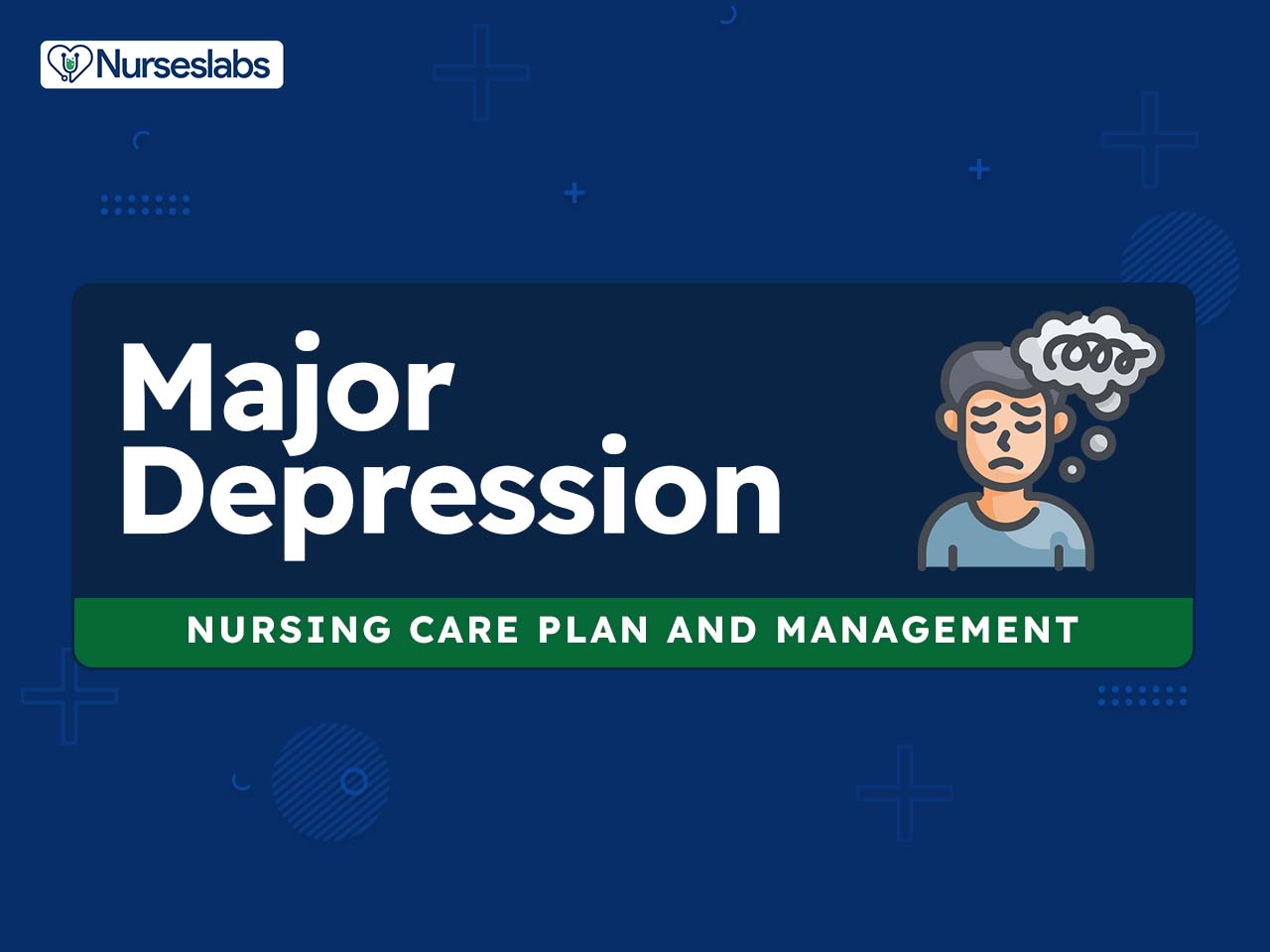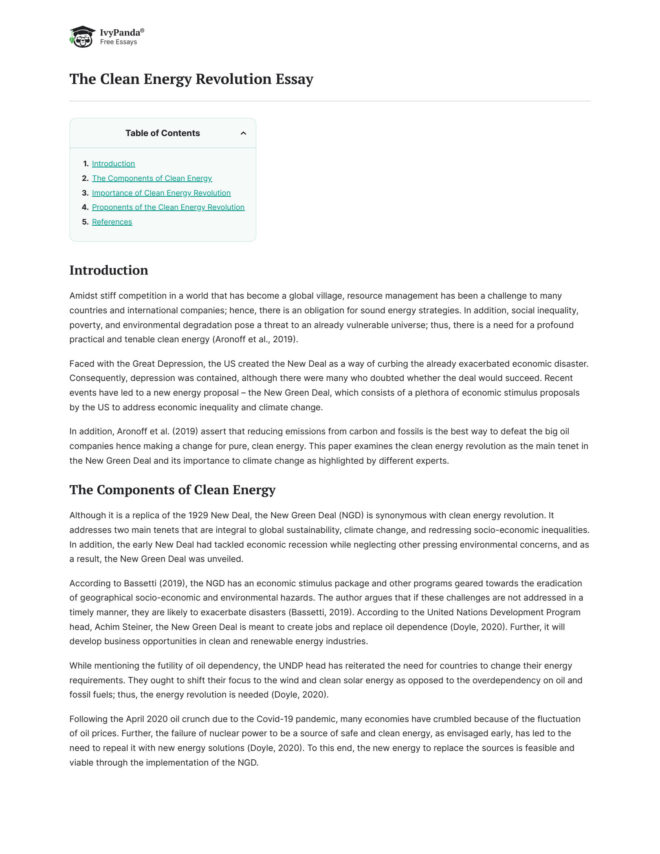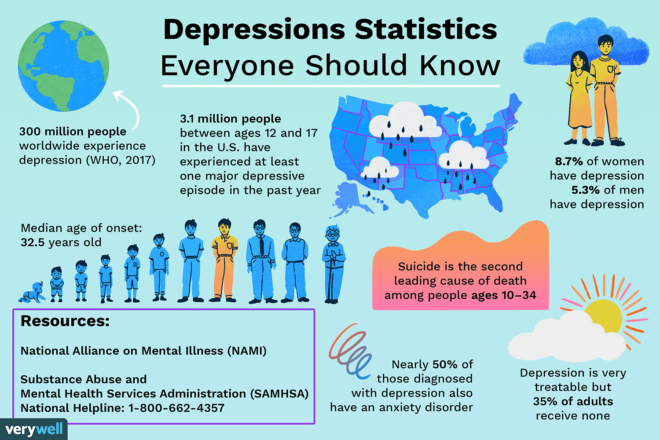How Did the Great Depression End: Unveiling the Strategies and Solutions
The Great Depression ended as the U.S. Mobilized for World War II, driving economic recovery. The Great Depression was a severe worldwide economic downturn in the 1930s.
It originated in the United States after the stock market crash of October 1929, leading to a decade-long period of high unemployment, low profits, deflation, falling prices, and economic hardship. However, the end of the Great Depression marked a significant turning point in history.
The mobilization effort for World War II provided a boost to the economy, creating jobs and stimulating production. The increased government spending on the war effort helped to pull the country out of the depression. As a result, the economy began to recover, and the Great Depression finally came to an end.
The Great Depression
The Great Depression was caused by factors such as stock market crash and bank failures. It led to mass unemployment and economic decline. Millions of people lost their jobs and struggled to make ends meet. The impact was felt worldwide. Government intervention and policies like the New Deal helped alleviate the situation. Slowly, the economy started recovering and the Great Depression came to an end.

Credit: www.amazon.com
Government Interventions
The Great Depression came to an end due to the government’s active involvement in the economy. One of the most significant initiatives introduced was the New Deal. This comprehensive set of programs aimed to provide relief, recovery, and reform. Under the New Deal, a variety of agencies and projects were established to tackle the massive unemployment and economic crisis.
| Role of Federal Reserve |
|---|
| Additionally, the Federal Reserve played a crucial role in ending the Great Depression. It implemented expansionary monetary policies such as lowering interest rates and increasing the money supply to stimulate economic growth. By providing liquidity and stabilizing the banking system, the Federal Reserve helped restore confidence in the financial sector. |
International Efforts
The end of the Great Depression was brought about, in part, by international efforts and global economic cooperation. One significant factor was the impact of World War II. The war stimulated production and created jobs, effectively lifting the global economy out of the depression. Additionally, countries worked together to implement economic policies aimed at stabilizing economies and promoting growth. For instance, the Bretton Woods Conference in 1944 established the International Monetary Fund (IMF) and the World Bank to foster economic cooperation and provide financial assistance to countries in need. These organizations played a crucial role in stabilizing and rebuilding war-torn economies. The end of the Great Depression was a result of collective efforts, global cooperation, and the transformative impact of World War II on the global economy.

Credit: nurseslabs.com
Industry And Agriculture Recovery
Industrial Production Revival: During the Great Depression, industrial production started to recover due to increased government spending on infrastructure projects and the expansion of industries like manufacturing and construction.
Agricultural Adjustment Administration: The Agricultural Adjustment Administration was established to help farmers by providing subsidies and incentives to reduce crop production and increase prices, leading to stabilization in the agricultural sector.
Monetary Policy Changes
| Monetary Policy Changes |
|---|
|
The Great Depression ended due to Monetary Policy Changes. One significant step was the Gold Standard Abandonment by countries worldwide. This move allowed for Exchange Rate Adjustments to boost economies. |
:max_bytes(150000):strip_icc()/great-recession_sourcefile-1-26478e8a0b5e48ce9df18f92cc991a7e.jpg)
Credit: www.investopedia.com
Technological Innovation And Infrastructure Development
The end of the Great Depression saw a remarkable rise in technological innovation and infrastructure development. Newly introduced technologies and extensive public works projects played a crucial role in revitalizing the economy and providing employment opportunities, marking the beginning of a new era of growth and progress.
| Technological Innovation and Infrastructure Development | |
| Rise of Manufacturing Technology | Infrastructure Projects |
| In the aftermath of the Great Depression, technological advancements played a pivotal role in revitalizing the economy. The rise of manufacturing technology led to increased productivity and efficiency in various industries. Automation and assembly line production techniques enabled faster and cheaper production of goods. This not only created new job opportunities but also contributed to the growth of American industries. Concurrently, the government undertook significant infrastructure projects to boost the economy. Road and highway construction, dam building, and urban development projects were initiated to provide employment and improve transportation networks. These projects not only provided immediate relief to the unemployed but also laid the foundation for long-term economic growth. The combined efforts of technological innovation and infrastructure development marked the beginning of the end of the Great Depression. | – Road and highway construction – Dam building – Urban development projects |
Labor And Social Reforms
The Great Depression ended through labor and social reforms, which aimed to revitalize the economy and support the unemployed. President Franklin D. Roosevelt’s New Deal initiatives, including job creation programs and support for workers’ rights, played a crucial role in bringing an end to the devastating economic downturn.
| Labor and Social Reforms |
| Labor Unions and collective bargaining played a crucial role in improving worker conditions. Social Security and welfare programs were established to provide assistance to those in need. |
Consumer Confidence And Market Stability
During the Great Depression, several factors contributed to its eventual end. One important aspect was the restoration of consumer confidence, which played a pivotal role in stabilizing the market. The government responded to the crisis by implementing regulatory reforms, aiming to prevent a similar economic catastrophe in the future.
One significant reform was related to the stock market. Stricter regulations were introduced to protect investors and ensure market transparency. The Securities and Exchange Commission (SEC) was established to enforce these regulations and oversee the stock market. These measures aimed to restore trust in the financial system and attract investors back into the market.
Additionally, regulatory reforms were implemented to address the root causes of the Great Depression. One such reform was the Glass-Steagall Act, which separated commercial and investment banking. This legislation aimed to prevent banks from engaging in risky investment activities, thus safeguarding the stability of the banking sector and the overall economy.
Frequently Asked Questions On How Did The Great Depression End
How Did Great Depression Come To An End?
The Great Depression ended through government interventions, New Deal programs, increased industrial production, and World War II’s economic boost.
Who Got Rich During The Great Depression?
Many prominent investors and business tycoons, such as Joseph Kennedy and John D. Rockefeller, accumulated wealth during the Great Depression by taking advantage of low stock prices.
Can A Great Depression Happen Again?
Yes, a Great Depression can happen again due to economic factors and unforeseen circumstances. It is important to stay vigilant and take preventive measures to mitigate the risk of such an event.
Where Did All The Money Go During The Great Depression?
During the Great Depression, money disappeared due to bank failures, stock market crash, and unemployment rates rising.
Conclusion
As we explored, various factors contributed to the end of the Great Depression. Government intervention, industrial boom, and global recovery efforts played key roles. Understanding these influences helps us grasp how economies can recover from such crises. History teaches us valuable lessons for facing uncertain times.




